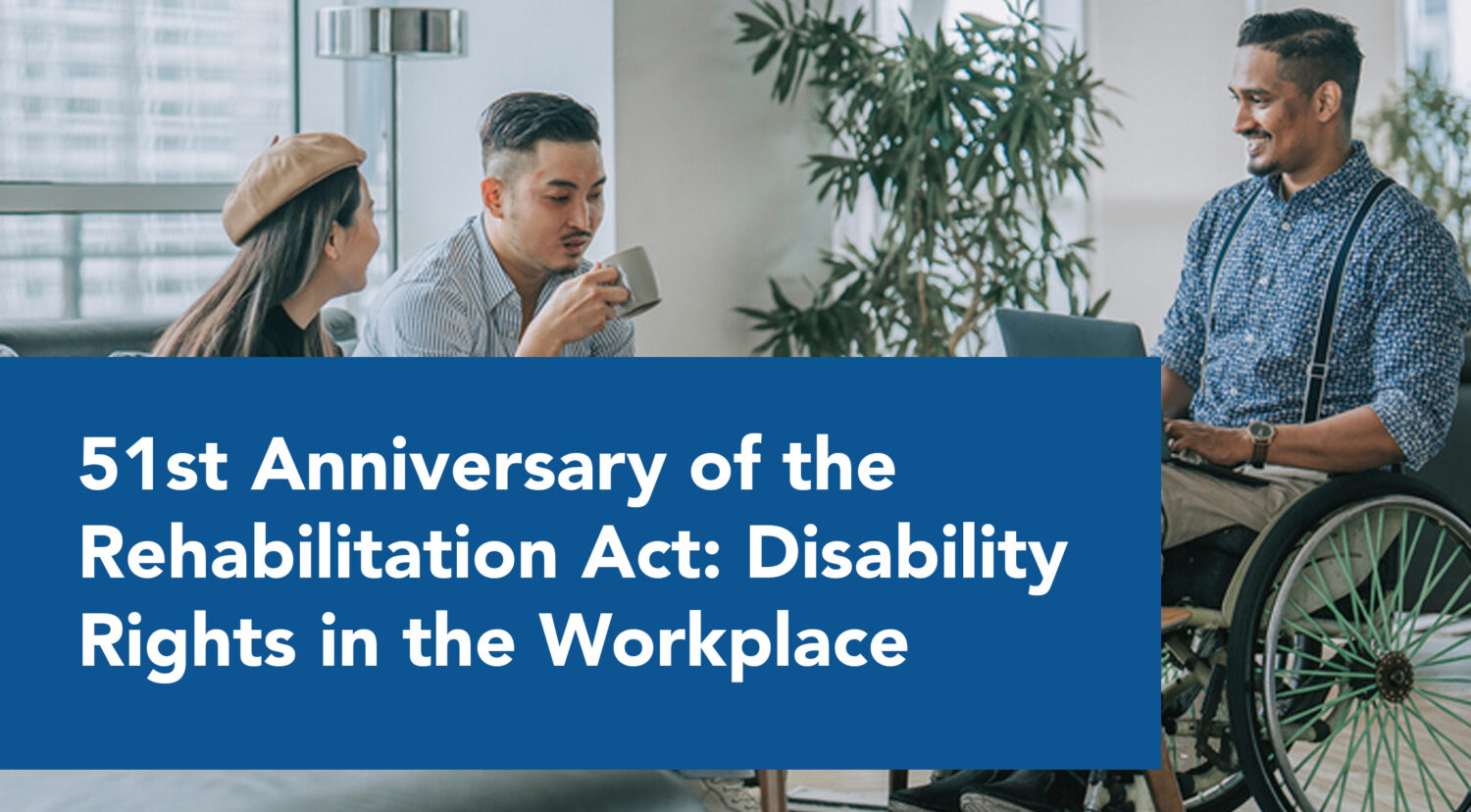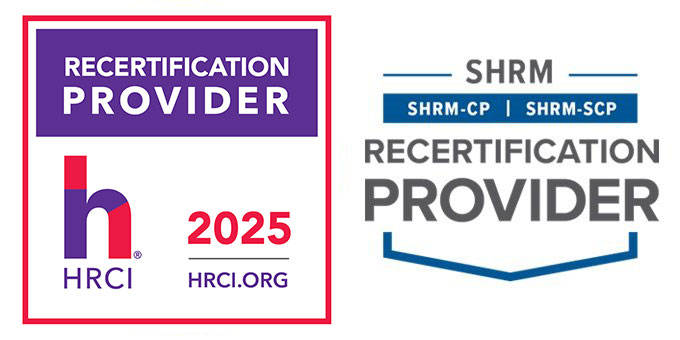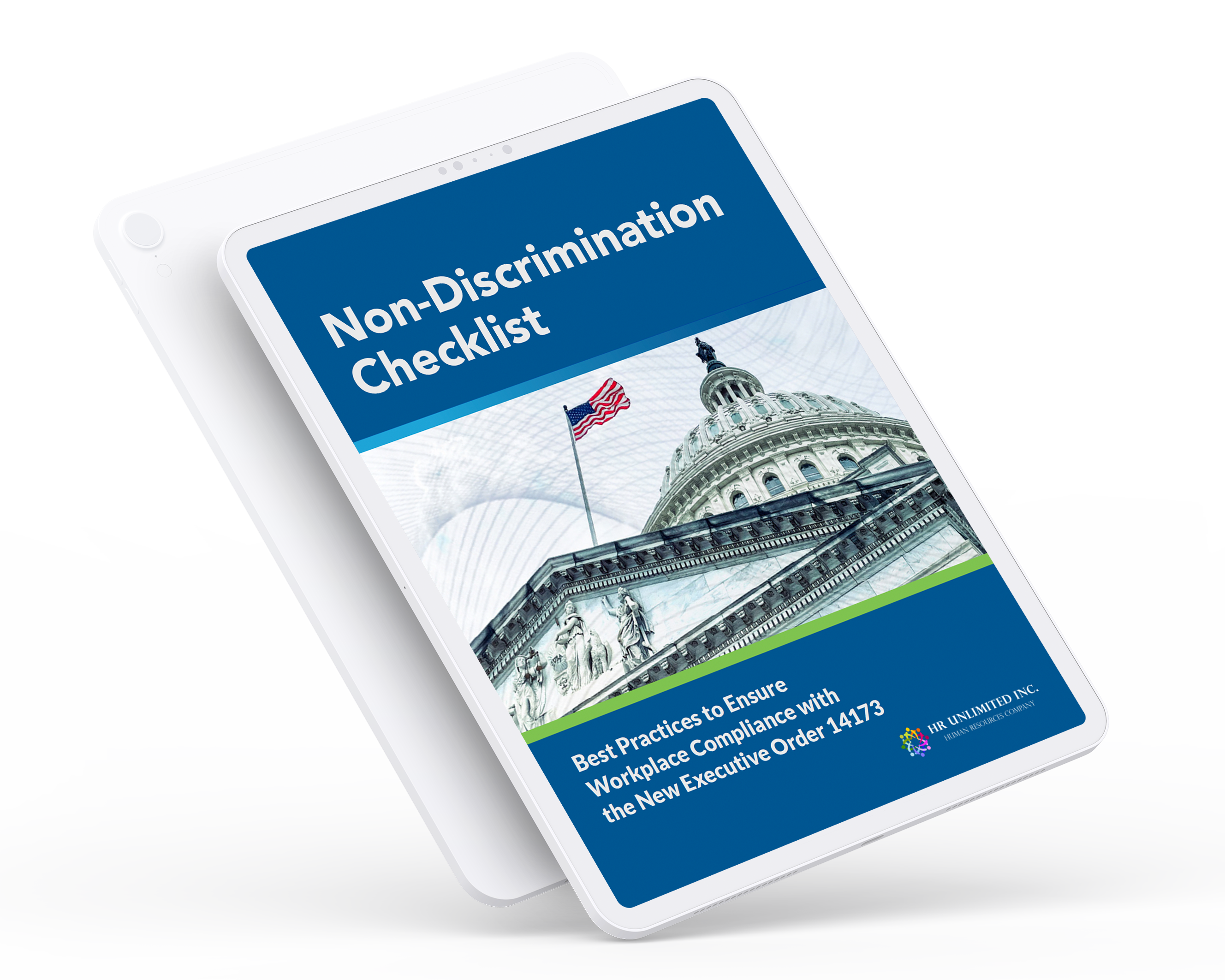

Hello again, my fellow HR Professionals,
This year marks the 51st anniversary of the Rehabilitation Act of 1973, a landmark law that transformed how we approach disability rights and accessibility in the workplace. As we commemorate over five decades of progress, it’s important to reflect on the Act’s impact, how it continues to shape inclusive hiring practices, and what HR professionals such as ourselves can do to further advance workplace accessibility for individuals with disabilities.
Sidenote: If disability discrimination sounds like something we don’t have to be on the watch for anymore, the EEOC (the U.S. Equal Employment Opportunity Commission) just filed a lawsuit against FedEx for disability discrimination. This was a couple weeks ago. There is still work to be done.
The Significance of the Rehabilitation Act of 1973
Signed into law on September 26, 1973, the Rehabilitation Act was the first major legislation aimed at protecting the civil rights of individuals with disabilities. Before its passage, there were few legal protections in place to prevent discrimination based on disability in federal programs, employment, and services. The Act’s intent was clear: to prohibit discrimination and to ensure that individuals with disabilities would have equal opportunities to participate in all aspects of society, including the workplace.
The most well-known sections of the Act, Section 501 and Section 503, created frameworks for improving access and preventing discrimination in federal employment and by federal contractors making it an area of Affirmative Action compliance. The Act laid the groundwork for subsequent legislation, such as the Americans with Disabilities Act (ADA), and set the stage for a broader cultural shift towards inclusivity.
Section 503: Paving the Way for Equal Employment Opportunities
Section 503 of the Rehabilitation Act is particularly significant for HR professionals. It requires that federal contractors and subcontractors take affirmative action to employ qualified individuals with disabilities and refrain from discrimination in the workplace. Section 503 promotes inclusive hiring practices by setting specific goals and encouraging employers to actively recruit, hire, and retain employees with disabilities.
While Section 503 compliance applies specifically to federal contractors, it has had a lasting impact on organizations of all types by promoting best practices for disability inclusion and workplace accommodations. Regular reporting and compliance reviews ensure that companies are held accountable for making their workplaces accessible and equitable for all employees.
Advancing Inclusive Hiring Practices and Workplace Accessibility
As HR professionals, we play a crucial role in furthering the mission of the Rehabilitation Act of 1973. Here are some ways to actively promote inclusion and accessibility in the workplace:
- Create Accessible Hiring Processes: Ensure that your organization’s hiring process is fully accessible to individuals with disabilities. This includes providing alternative formats for job applications, offering reasonable accommodations during interviews, and ensuring your recruitment materials reflect your commitment to diversity and inclusion.
- Offer Reasonable Accommodations: Providing accommodations is essential for creating an inclusive workplace. Examples include modifying workspaces, providing assistive technology, offering flexible work schedules, and ensuring accessible communication platforms for employees with disabilities.
- Promote a Culture of Inclusion: Fostering an inclusive environment goes beyond policy compliance, although non-discrimination policies are a great start. Implement employee training on disability awareness and encourage open dialogue about accessibility needs. A strong organizational culture of inclusion ensures that all employees feel respected and supported.
- Conduct Regular Accessibility Audits: Make sure your workplace is physically and digitally accessible. Conduct regular audits of your facilities and digital tools, such as websites and internal software, to ensure they meet accessibility standards.
- Establish Employee Resource Groups (ERGs): Empower employees with disabilities by creating ERGs where they can connect, share their experiences, and advocate for continued improvements in accessibility. These groups can provide valuable insights for your organization’s diversity and inclusion strategies.
The Continued Impact of the Rehabilitation Act in Today’s Workplace
Although the Rehabilitation Act was passed over five decades ago, its principles are more relevant than ever. The Act not only set the foundation for equal employment opportunities for individuals with disabilities but also established an ongoing expectation that organizations proactively address accessibility issues and eliminate discrimination in the workplace.
Today, as discussions around diversity, equity, and inclusion evolve, it’s critical that disability inclusion remains at the forefront of our efforts. The provisions of Section 503 remind us that fostering an inclusive workplace goes beyond hiring. It’s about creating an environment where employees with disabilities can thrive, contribute, and feel valued.
Looking Ahead: What More Can We Do?
While we’ve made great strides in improving accessibility and combating discrimination, there’s always more work to be done. As HR professionals, we can:
- Raise Awareness: Continue to educate employees and managers about disability rights and how the Rehabilitation Act plays a role in shaping inclusive work environments.
- Enhance Career Development: Ensure that employees with disabilities have equal opportunities for career growth, leadership roles, and professional development within your organization.
- Stay Informed: Keep up with evolving regulations and best practices to ensure your organization is in compliance with both the Rehabilitation Act and the ADA.
Honoring 51 Years of Progress
As we celebrate the 51st anniversary of the Rehabilitation Act of 1973, let’s acknowledge the significant impact this legislation has had. HR professionals are uniquely positioned to ensure that the progress we’ve made continues and that our workplaces remain accessible, equitable, and welcoming to all.
HR Unlimited, Inc. specializes in helping federal contractors and employers effectively meet their AAP and EEO compliance obligations. Please contact us to discuss any of your questions, concerns, or needs in this area.





